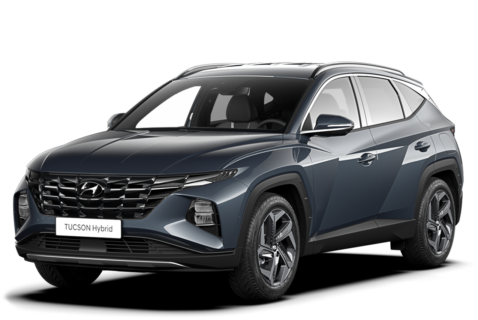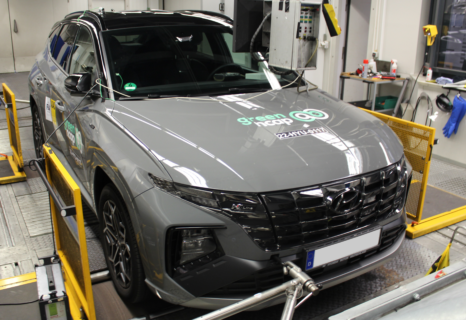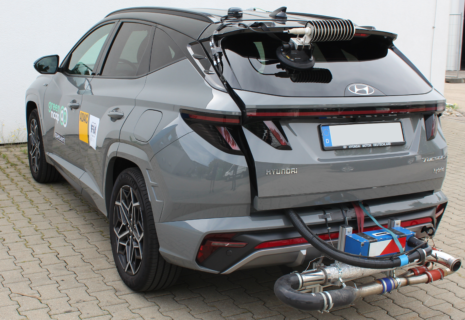Hyundai TUCSON HEV 1.6 T-GDI hybrid FWD automatic
2022
40%
4.4
10
Clean Air Index
4.5
10
Energy Efficiency Index
3.1
10
Greenhouse Gas Index
| Laboratory Tests | NMHC | NOX | NH3 | CO | PN | |
|---|---|---|---|---|---|---|
| 6.110 | Cold Test | |||||
| 6.710 | Warm Test | |||||
| 0.010 | Highway | |||||
| Cold Ambient Test | Does not qualify for additional robustness testing | |||||
| Road Test | ||||||
| 6.210 | On-Road Drive | |||||
| 1.05 | On-Road Short Trip | |||||
| On-Road Heavy Load | Does not qualify for additional robustness testing | |||||
| On-Road Light Load | Does not qualify for additional robustness testing | |||||
| Congestion | Does not qualify for additional robustness testing | |||||
| Laboratory Tests | Energy | |||
|---|---|---|---|---|
| 5.910 | Cold Test | |||
| 6.010 | Warm Test | |||
| 1.610 | Highway | |||
| Cold Ambient Test | Does not qualify for additional robustness testing | |||
| Consumption | Driving Range | |||
| Average | 6.8l100 km | 811km | ||
| Worst-Case | 9.1l100 km | 570km | ||
| Greenhouse Gases | CO2 | N2O | CH4 | |
|---|---|---|---|---|
| 4.710 | Cold Test | |||
| 4.810 | Warm Test | |||
| 0.010 | Highway | |||
| Cold Ambient Test | Does not qualify for additional robustness testing | |||
Specifications
- Tested Car TMAJB811BNJ10XXXX
- Publication Date 10 2022
- Vehicle Class Small SUV
- Emissions Class Euro 6d AP
- Tyres 225/50 R19
- Mass 1,642 kg
- Engine Size 1,598 cc
- Power/Torque 169 kW/350 Nm
- Declared CO2 131 g/km
- Declared Battery Capacity 1.49 kWh
- Declared Consumption 5.8 l/100 km








































































































































Our verdict
August 2023: The result of this car been updated. Previously reported Ammonia (NH3) values were incorrect owing to a technical error with the equipment at the test laboratory and a correction has been applied.
The Hyundai Tucson is a relatively heavy and high-powered SUV that is equipped with a full hybrid system, a turbocharger and a GPF. It scores below average in the Clean Air Index due to poor particle control, high output of the unregulated pollutant ammonia and excessive CO emissions in high power demand highway phases. The hybrid system works effectively in situations representing “normal” real world driving and is expected to offer consumers good consumption figures in rural driving scenarios with moderate speeds. However, short urban trips and, especially, dynamic highway driving will increase the values to the measured values of 8 and 9 l/100 km, respectively. The greenhouse gas emissions are closely related to the consumption figures and the results of the Highway Test push the Greenhouse Gas Index to a mediocre 3.1 points. Lowering the particle output and a more robust pollutant control would help the Tucson easily reach higher assessment results. Higher efficiency on the highway would add to the improved score.